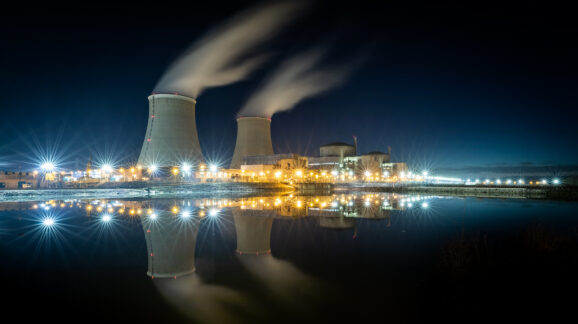Nuclear Sites Ripe for Development
A new study looks at nuclear power plant sites that could host additional reactors
A new study commissioned by the Department of Energy shows the potential for siting new nuclear reactors at existing and recently retired nuclear power plant sites across the country.
This potential is notable because the permitting of new sites for reactors is a costly and time-consuming process that adds to the timeline and expense of already capital-intensive nuclear projects. Early site permits alone can cost between $6 and $19 million to attain. Because of this cost, it is often easier to build new reactors at sites that already have permits. These sites also already have emergency planning zones established and have already figured out other necessary details like cooling water and site location.
Due to these factors, utilizing existing sites goes a long way to ameliorating the cost and time that it takes to build a new reactor.
But why does this matter?
In short, because new power capacity is important, and making sure that that capacity is reliable is just as important. As other countries, Germany in particular, have closed their nuclear reactors, we have seen the the importance of these units by their absence. Closing nuclear plants like they did in Germany leads to a less reliable grid and higher power prices. The opportunity to build new reactors in the United States is incredibly exciting, especially with power demand set to rise.
America is going to need a substantial amount of new power generation to continue to reliably meet power demand in the coming years. To keep the electrical grid running well, a substantial amount of that power will need to come from sources that are reliable and predictable. Nuclear power has the best reliability of any electricity source with a 92 percent capacity factor. In the U.S. most nuclear plants run nearly all of the time with occasional breaks to refuel.
As artificial intelligence and other round the clock cloud computing technologies come online, and there are governmental pushes for electrification of vehicles and home appliances, the grid will have to meet additional demand. Therefore, reliability will only become more important.
Read more at the Catalyst
